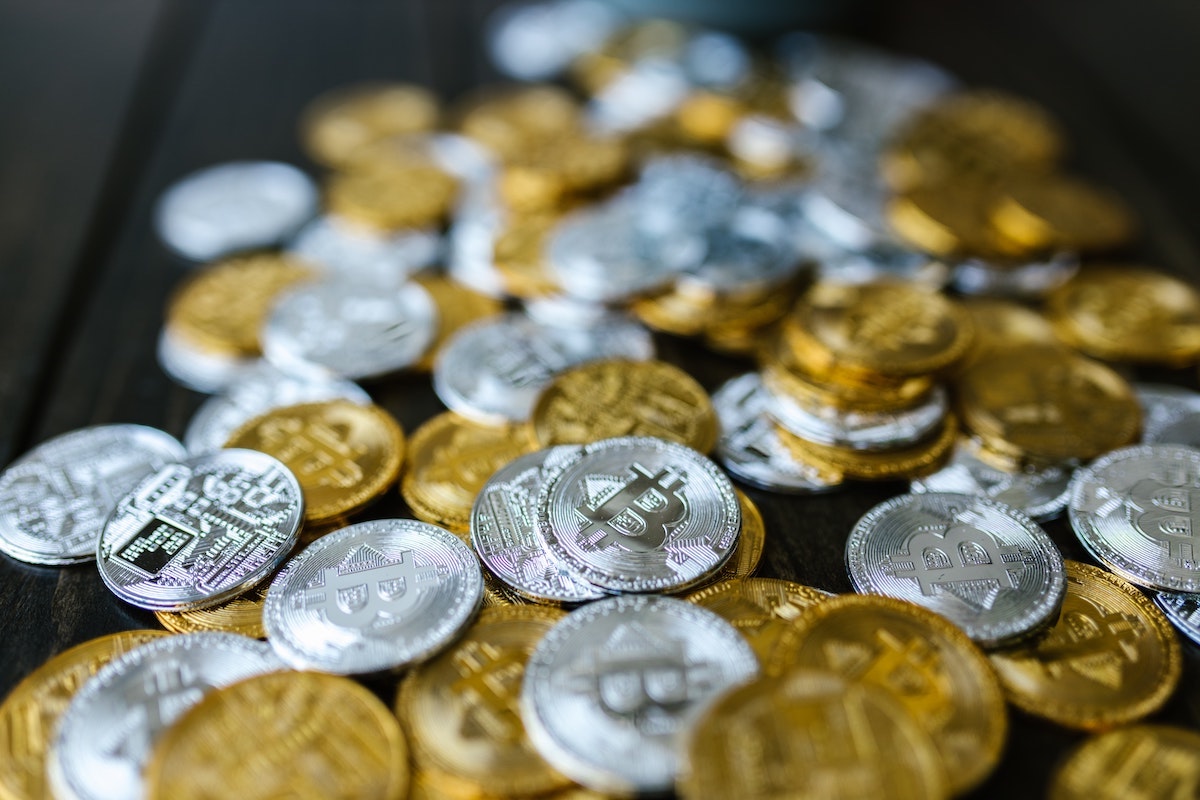Binance and Coinbase are two of the most popular cryptocurrency platforms today, each with a unique strategy.
Coinbase is a cryptocurrency exchange based in the United States, featuring a user-friendly interface and a restricted number of transaction options. Binance, on the other hand, is a bit more complex and widespread among professional users for international trading with a range of different currency trading options.

On a lighter note, Binance is user-friendly and offers a variety of levels for its users; however, Coinbase is a little easier to use when compared to Binance. Binance, based in the United States, is less user-friendly and has higher transaction fees and fewer alternatives. When comparing the low price of Binance to the high price of Coinbase, however, there is no competition.
This article provides a general overview of Binance and Coinbase. We’ll compare a few features to discover better for specific user types.
Features- Binance vs Coinbase
Both platforms are distinct from one another in that they cater to different categories of people. Given this, each has its own set of characteristics. They both have in common that they both offer a mobile application with watch lists and price tracking features.
Returning to additional features, Binance provides the following to its users:
- Challenges and giveaways are a method to earn extra cryptocurrency.
- With around 100 indicators and overlays, this is an advanced level of charting.
- API keys are used to gain access to other software applications.
- Thirteen different types of transactions.
- Use of third-party wallets such as Trust wallet.
- Available in over 180 countries, however it can only be used in 48 states in the United States.
- Users in the United States cannot pay with credit cards or engage in margin trading.
On the other hand, Coinbase offers its users:
- Payment through credit card and access for making margin trades (US users).
- A secure digital wallet that can be linked with other exchanges as well.
- Access over withdrawing money in a PayPal account.
- Available in almost 100 countries and 49 states in the US.
- A newsletter feature updates users with the latest news related to the cryptocurrency topic.
- The limited charting features.
- A way to earn cryptos is just by watching short videos available on the platform.
Currencies- Binance vs Coinbase
If you are a user from outside the United States, you will have access to over 500 altcoins on Binance. If you are a user from the United States, you will use 60 different altcoins.
Coinbase, on the other hand, provides consumers with 107 currency trading options in its standard edition and 57 currency trading options in the pro version. Furthermore, the Coinbase platform supports fiat currencies such as the dollar, euro, and pound.
Similarly, Binance supports 18 fiat currencies, including the US dollar, Euro, Australian dollar, Hong Kong dollar, Indian rupee, etc.
The following are a few cryptocurrencies that both platforms support:
- Bitcoin
- Ethereum
- Litecoin
- Cardano
- Dash

Security- Binance vs Coinbase
Both systems are deemed secure; however, Coinbase has a little advantage in this regard.
Both Coinbase and Binance offer two-factor verification on their platforms, which may be done with a third-party authenticator or by SMS.
Coinbase requires users to provide identification in a government ID or an original image. Binance, on the other hand, verifies US users through investment demand. Binance’s security features also include address whitelisting and device management.
However, on the Coinbase platform, security features include biometric authentication for accessing the digital wallet.
Fees- Binance vs Coinbase
Binance has the lowest fees when comparing the two platforms, whereas Coinbase has the highest. If you are from the United States, you will have to pay slightly more than other customers, but the costs will still be lower than what you would pay on Coinbase.
Coinbase charges 0.5 percent for each transaction, which adds convenience according to the payment method, resulting in fees that can reach 4%. Binance, on the other side, has slightly lower fees and operates on a maker-taker model. As a result, both the maker and the taker pay the same fee.
End Note
Both platforms have distinct advantages and disadvantages. However, usability is determined by what you are searching for as a user.
Crypto enthusiasts also desire platforms where they can view currency listings and track the pricing value. not only gives its customers the ability to trade, but it also gives them the functionality that exchanges like Binance and Coinbase offer.